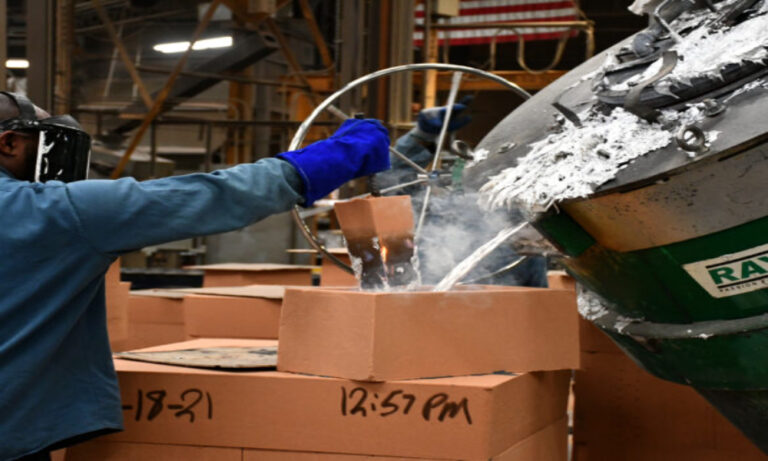It’s always a good idea to evaluate your client list on a regular basis, as their needs and expectations may change over time, and they may no longer be as good a fit for your firm, as they once were. In fact, there’s always the chance that they could actually pose a risk to your business as a whole.
Even if you outsource tax preparation services as a CPA, you should still keep an eye on your existing clients, to determine which ones might be helping you flourish, and which ones could be dragging you and your business down.
Here are 5 client-types that could pose a threat to your CPA firm:
- Those with needs you might not be meeting
- It can be tempting, especially when trying to grow your business, to say yes to all requests from clients, even if you don’t necessarily have the specialist knowledge required to help them effectively.
If you don’t have the skills or knowledge to meet a client’s needs, you risk not just losing them altogether, but having them give poor reviews of your firm, which could harm your reputation in multiple ways.
Either refer these clients to another CPA firm who can meet their needs, or outsource to a provider that specializes in that area of accounting, so that you can retain them, and be sure to keep them satisfied.
- Those who don’t pay on time
While the odd late payment from a client might be excusable, and may not have too much negative impact on your business, should they consistently pay their bills late, this could cause significant problems. Ultimately, it could result in unpleasant circumstances regarding payment collection, and ongoing disputes.
Find out why they can’t pay on time, see if the issue can be resolved amicably, and if not, you may be forced to let them go.
- Those who name you as an executor for their estate
This usually goes against most policies of a professional liability nature, although there is nothing to stop you from being a clients’ personal trustee. Note that if you do say yes to being named as a personal executor for a client, it’s imperative that you assess the dynamics of the family and the beneficiaries, and have the agreement reviewed by the risk management department of your professional carrier before signing anything.
- Those with questionable integrity
While you should vet all potential clients before adding them to your books, you may want to undertake additional vetting for anyone who seems as if they may have questionable intentions, or who might come from a criminal background. Try to find out what you can (through legitimate means only) from their previous accountant, or any third parties they may have had dealings with. You can also run both credit and background checks, should you feel it necessary.
- Those who are uncooperative
From not being responsive to messages or phone calls, and failing to provide you with the information you need, to disputing invoices and refusing to pay, nobody likes a client who isn’t willing to be reasonable and cooperate. If they’re causing you more problems than you think they’re worth, you could try engaging them with a different member of your team, and if they have the same issue, it could be time to disengage with them altogether.
Even if you avail of corporate tax outsourcing, and don’t deal with your clients directly on a regular basis, you should at least have an idea of which of them have the potential to ruin your reputation, or frustrate you and your team by not being cooperative. While good clients are highly valuable, risky ones could bring your entire firm down, or at the very least, make things difficult for you and your team.











